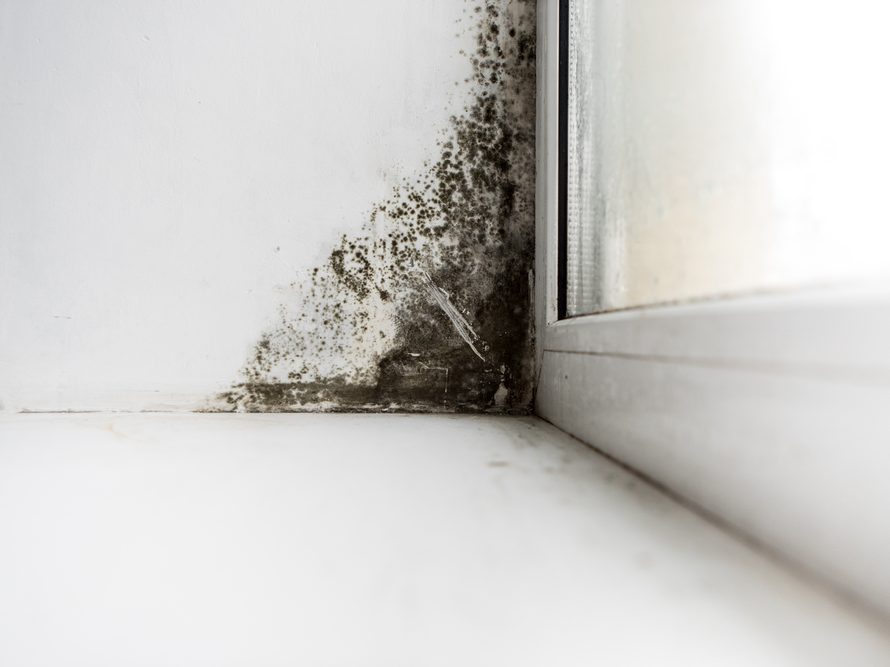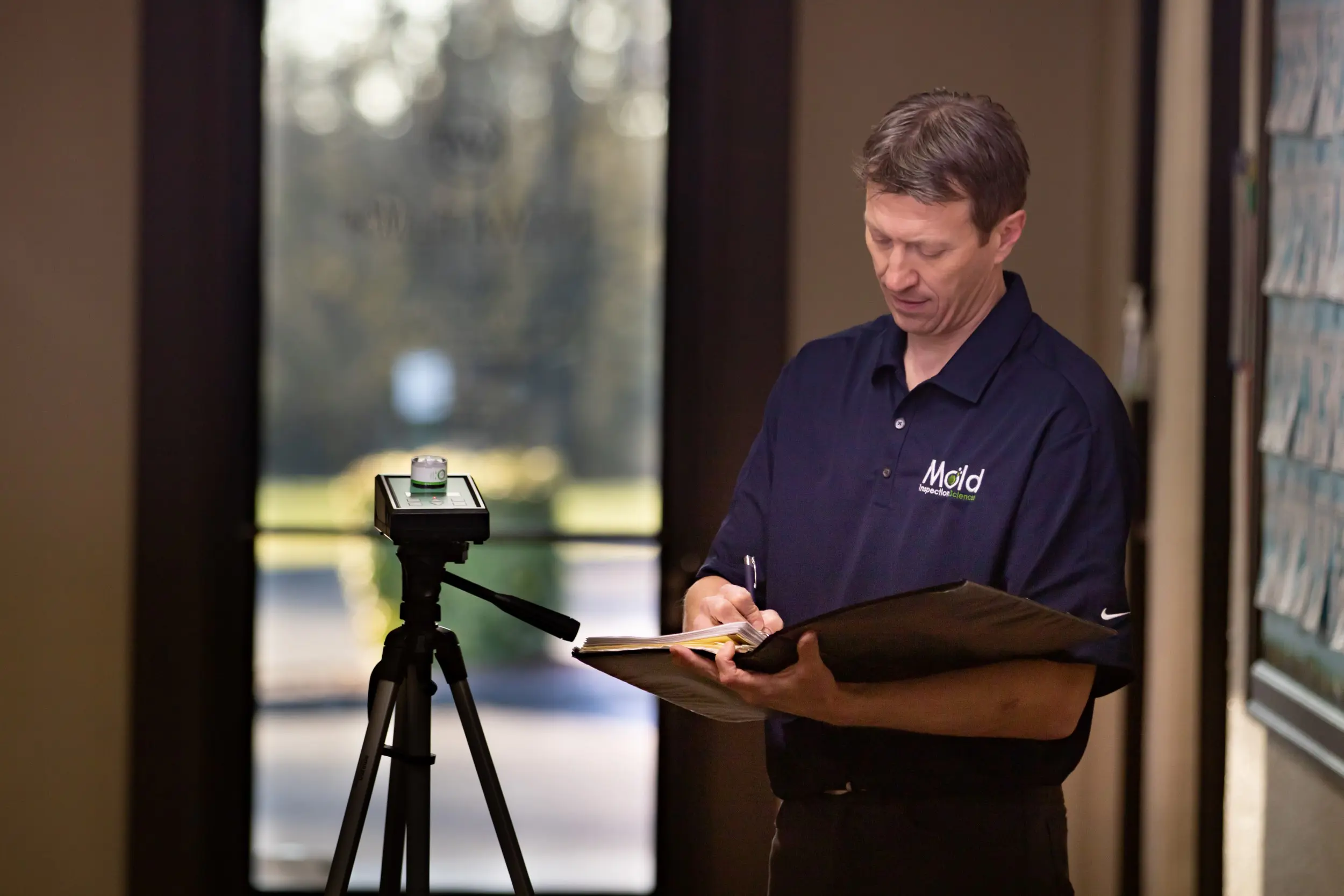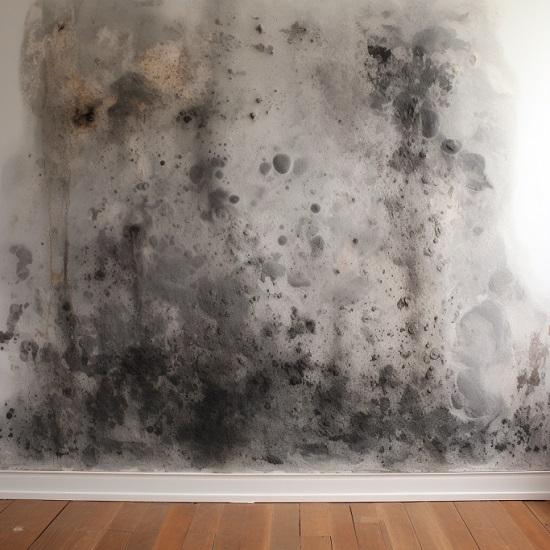Vital Steps After Mold Remediation
Vital Steps After Mold Remediation
Blog Article
Effective Blog Post Mold And Mildew Removal Solutions for Your Home
Mold development in homes can be a persistent issue, usually needing a systematic strategy for efficient post-remediation remedies. From comprehending the factors that add to mold growth to executing proper cleansing methods and dampness control steps, the procedure can be detailed yet critical for maintaining a healthy and balanced living environment. After mold remediation.
Comprehending Mold Growth Elements
Mold and mildew development is affected by a variety of aspects that are vital to understand in order to effectively attend to and stop its proliferation. Comprehending these elements is crucial in applying successful mold remediation methods. The key factor contributing to mold and mildew growth is wetness. Mold and mildew spores call for moisture to germinate and prosper, making damp or humid settings highly susceptible to mold invasions. Poor ventilation can additionally lead to moisture buildup, creating an excellent reproduction ground for mold.

Moreover, airflow and light direct exposure can affect mold and mildew growth. Locations that lack appropriate ventilation and all-natural light are much more vulnerable to mold advancement. By dealing with these aspects adequately, individuals can properly reduce mold and mildew growth and protect their living environments.
Correct Mold And Mildew Cleaning Methods
Utilizing efficient cleansing techniques is crucial in addressing and avoiding the recurrence of mold and mildew contamination in indoor atmospheres. The first step in proper mold and mildew cleaning is to include the affected location to protect against the spread of spores to uncontaminated areas.

Applying Moisture Control Steps
To efficiently protect against mold growth and contamination in interior settings, implementing moisture control steps is critical. Wetness is the key variable that gas mold development, making it important to manage humidity levels within the home. One efficient measure is to utilize dehumidifiers to preserve indoor humidity levels below 60%. Furthermore, making certain correct air flow in areas susceptible to moisture accumulation, such as cooking areas and washrooms, can assist reduce the danger of mold have a peek here growth. Regularly examining and repairing any leaks in pipes, roof coverings, or home windows is also important in stopping excess wetness accumulation. Using exhaust followers while food preparation or showering, and permitting air blood circulation by keeping furnishings a little far from walls can aid in moisture control. Furthermore, making use of moisture-resistant products in high-humidity areas, such as mold-resistant drywall and paints, can be beneficial. By faithfully applying these wetness control measures, house owners can efficiently reduce the chance of mold recontamination and maintain a healthy and balanced indoor atmosphere.
Using All-natural Remediation Solutions
After successfully implementing moisture control actions to stop mold development in interior environments, homeowners can currently check out the effectiveness of natural remediation options in maintaining a healthy and balanced living area. Natural removal services utilize ecologically friendly approaches to fight mold and mold, making them a popular selection for those seeking safe options. By over here incorporating these all-natural remediation remedies into their cleansing routines, home owners can successfully combat mold and mildew growth while advertising a healthier indoor setting for themselves and their households.

Keeping a Mold-Free Environment
Frequently examining areas vulnerable to mold and mildew growth, such as restrooms, cellars, attic rooms, and kitchen areas, is essential. Proper air flow in areas with high moisture degrees is also vital to avoiding mold development.
Additionally, preserving sanitation in the home is crucial for mold prevention. Keeping interior plants in check and making certain proper water drainage in outdoor landscaping can minimize dampness accumulation, decreasing the likelihood of mold and mildew invasions.
Verdict
Finally, it is essential to attend to mold and mildew development factors, make use of appropriate cleaning methods, implement wetness control procedures, make use of all-natural remediation options, and maintain a mold-free setting in order to properly handle message mold remediation in your house - After mold remediation. By adhering to these techniques, you can stop mold from reoccuring and guarantee a healthy living atmosphere for you and your household
The primary variable contributing to mold and mildew development is dampness. Mold and see this mildew spores require dampness to germinate and flourish, making moist or damp atmospheres highly susceptible to mold and mildew infestations.To efficiently prevent mold and mildew development and contamination in interior atmospheres, carrying out wetness control procedures is critical. In addition, making sure appropriate ventilation in areas vulnerable to moisture buildup, such as kitchen areas and bathrooms, can aid minimize the danger of mold and mildew development.After successfully implementing wetness control measures to prevent mold growth in indoor atmospheres, homeowners can now check out the performance of all-natural removal remedies in keeping a healthy living room.
Report this page